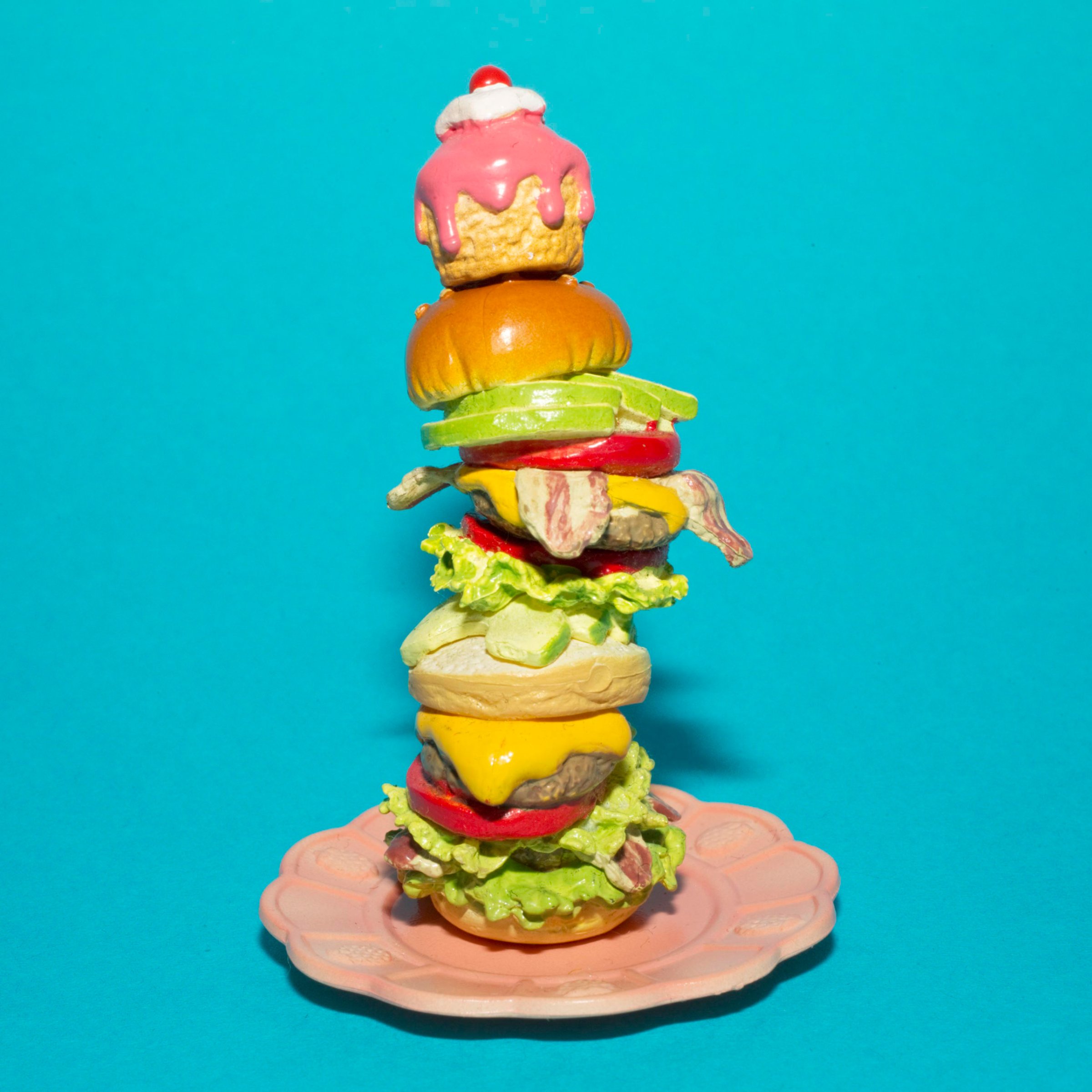
For many, Instagram offers a new opportunity for photo sharing, but for fine art photographer Joseph Maida, it’s the other way around: “Instagram was an opportunity for me to reconsider how we make, read and consume photographs,” he tells TIME. “I look at it not as a side thing, but as an extension of my vision as an artist.”
His project, Things are Queer, which he started in 2014 on his own Instagram account, was inspired by pop art humor, Japanese kawaii and the millions of photographs of food shared on social media every day. “Pop art engages with the culture directly at the moment it’s being made,” says Maida. “It does so in a way that is seductive and evokes desire. But it also has an underlying criticality to it.”
His straight, non-manipulated photographic style contrasts the weird, campy fantasy they depict—Maida calls it queer. “Photography is inherently a queer medium in that it’s been on the outside,” he says. “It has had to fight its way to be seen as equal to or, at times, even greater than other mediums like painting and sculpture.”
Things are Queer is a direct nod to a 1973 series done by Duane Michals—whose absurdly disproportionate photographs depict a pair of unusually enormous hairy legs in a bourgeois bathroom. Similarly, Maida’s colorful sculptures exhibit a matter-of-fact, documentary-style that seems to suggest that the world is queer because it is observed in fragments of a larger picture and that the queerness lies not in the things themselves, but in the surety by which we label them as normal or abnormal. “I don’t know if I believe in the idea of any photograph being straight in the sense of being fully true or fully real, because there’s always room for interpretation,” he says. “I’m interested in paradoxes, and that runs throughout all of my work. What you see is not easily categorized. The identity of the work is fluid.”
While Maida’s work engages people to think about their own perceptions, it also functions on the most superficial level: giving an interesting visual experience. As for his process, he says he prefers to keep a certain level of mystery in the work. “I want to refrain from pulling the curtain back on the process, and let the image be the thing that generates the conversation,” he says. “We need room for places for magic and surprise and fantasy. In a way, that’s every artist’s job”
Joseph Maida is an artist based in New York.
Marisa Gertz, who edited this photo essay, is a photo coordinator at TIME.com. Follow her on Instagram and Tumblr.
Rachel Lowry is a writer and contributor for TIME LightBox. Follow her on Twitter and Instagram.
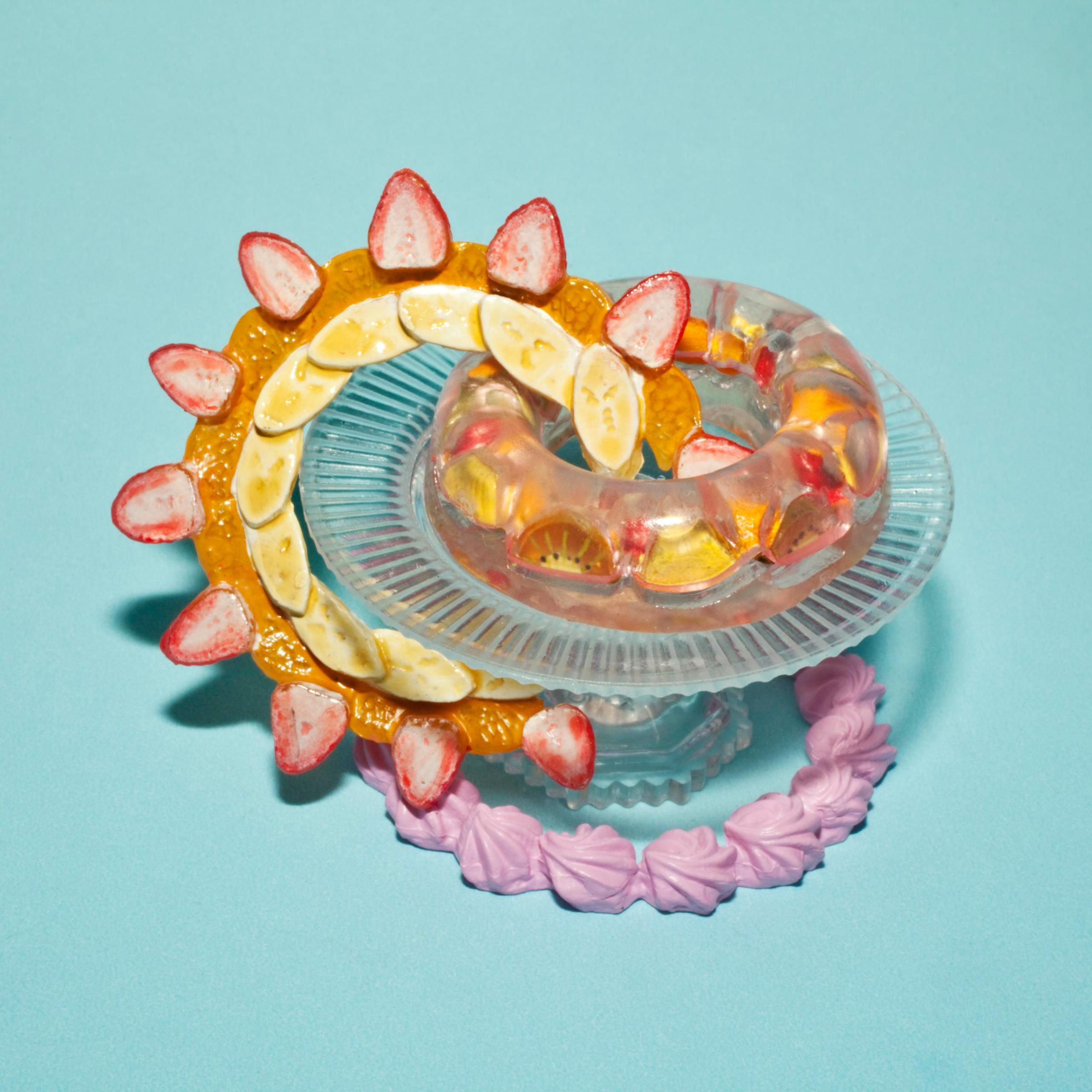

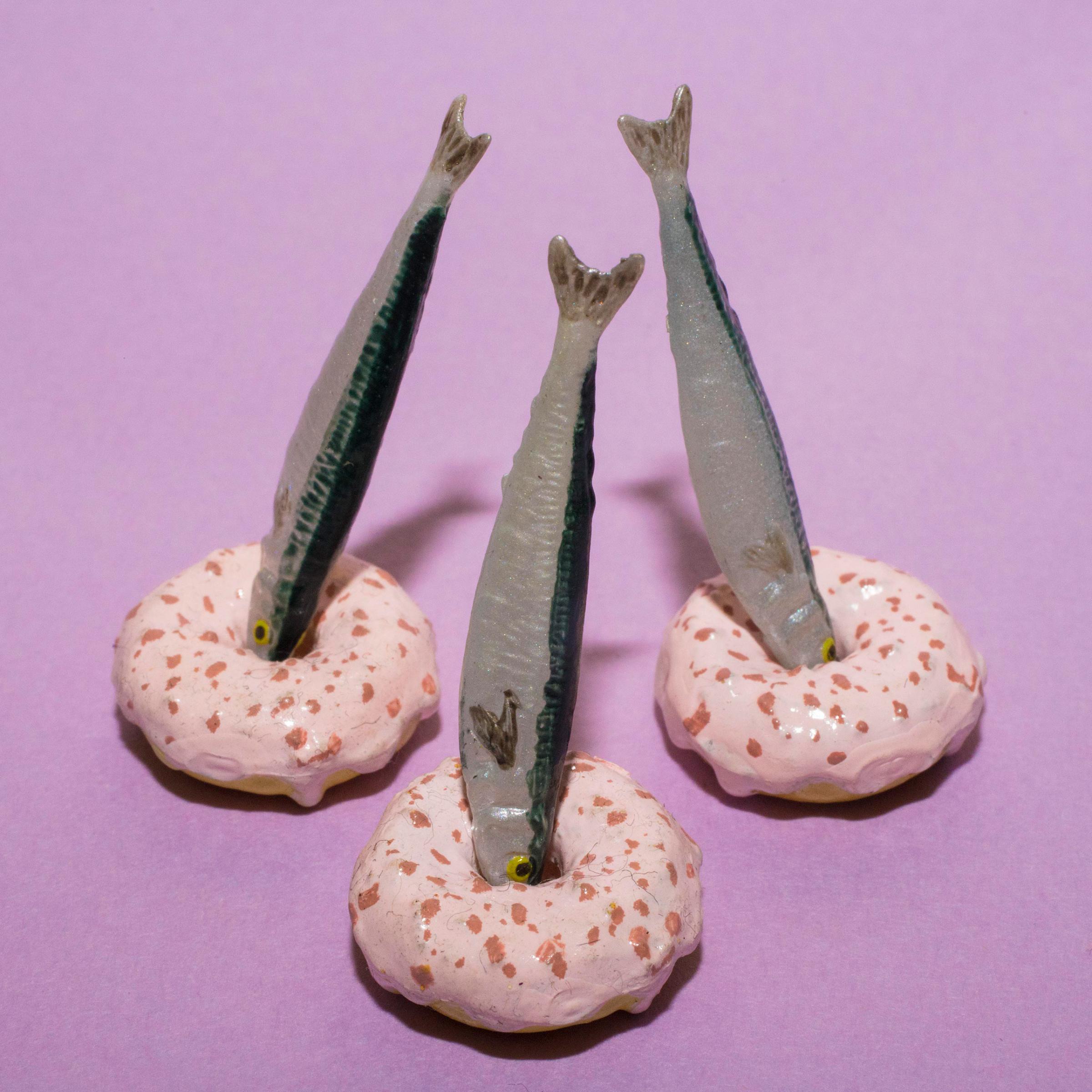

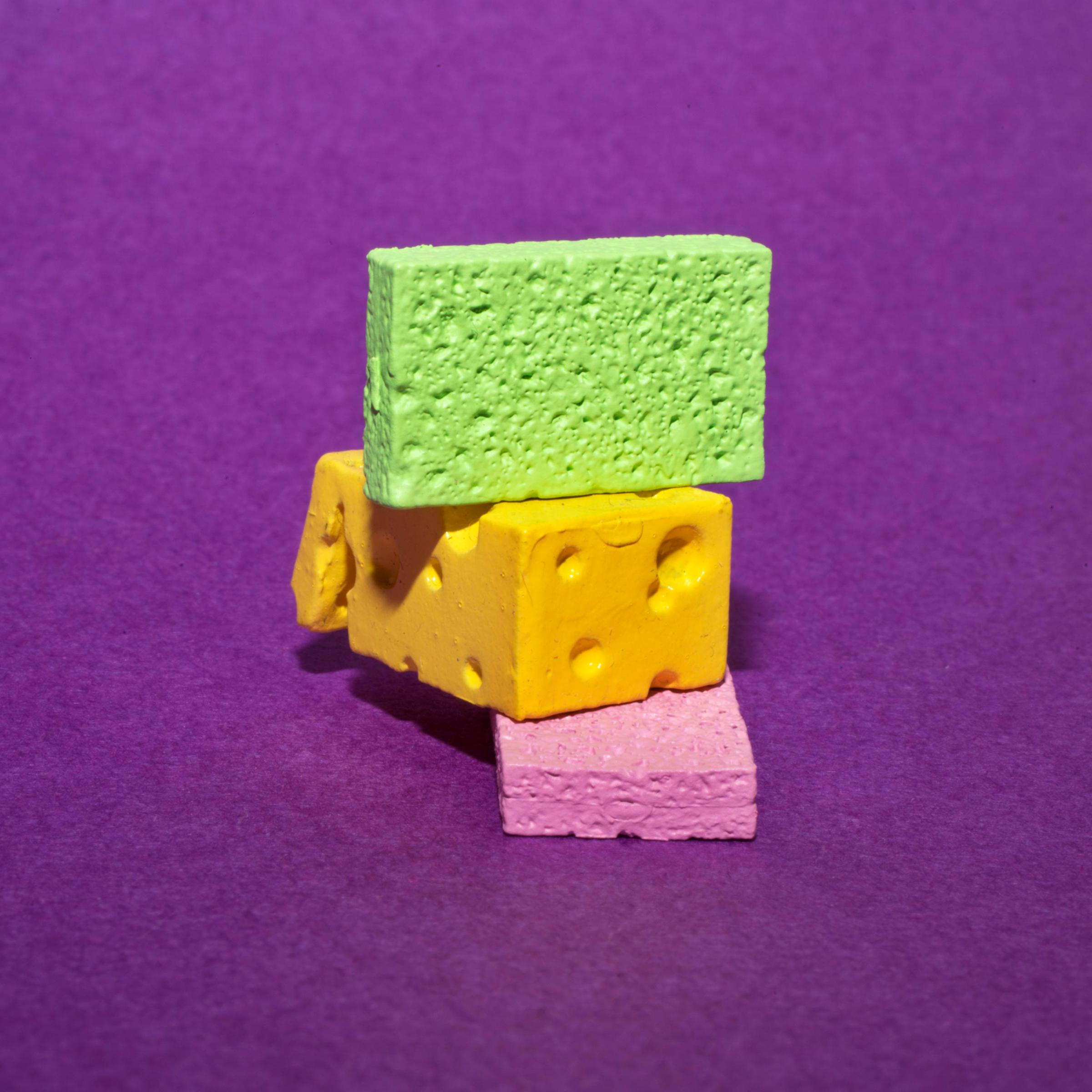
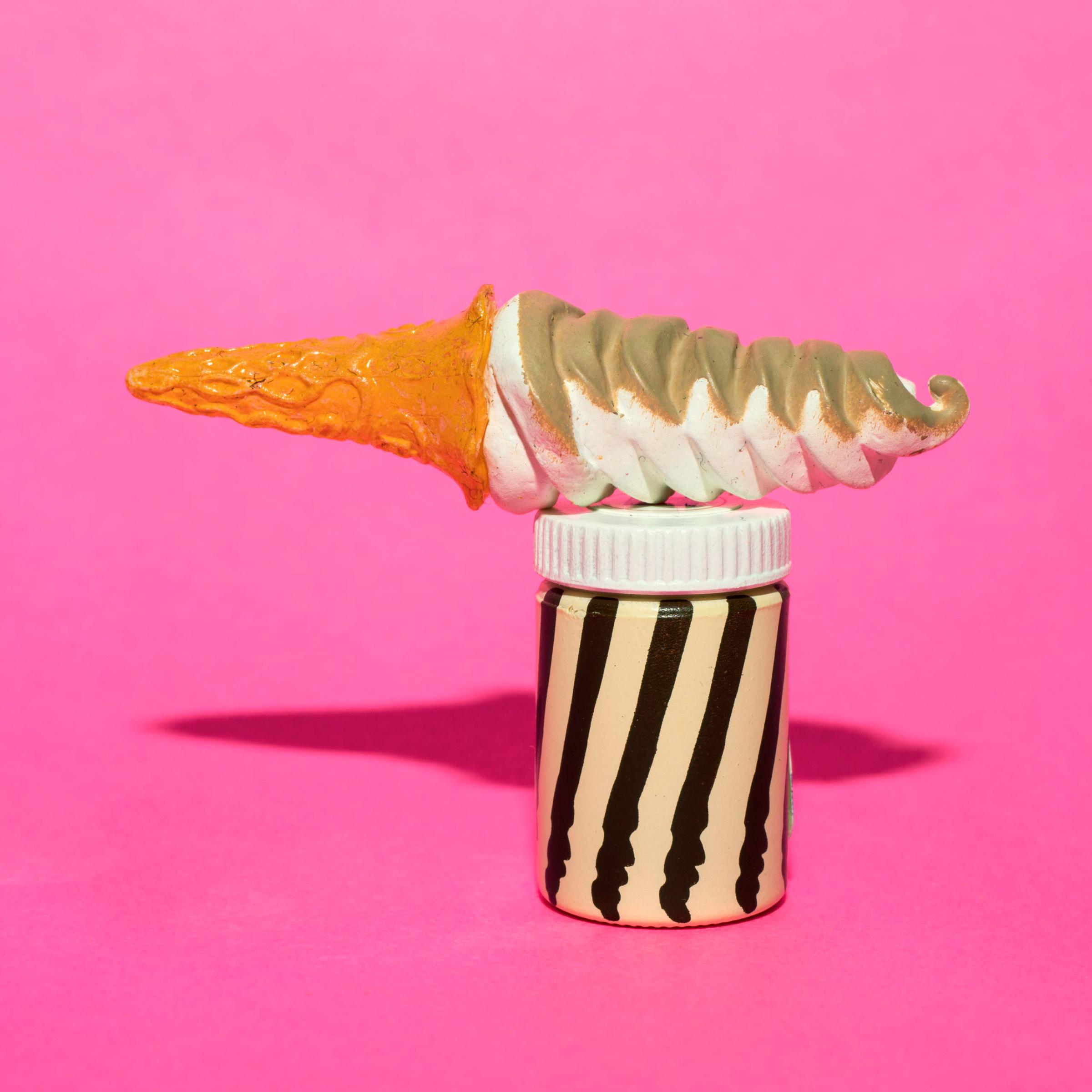
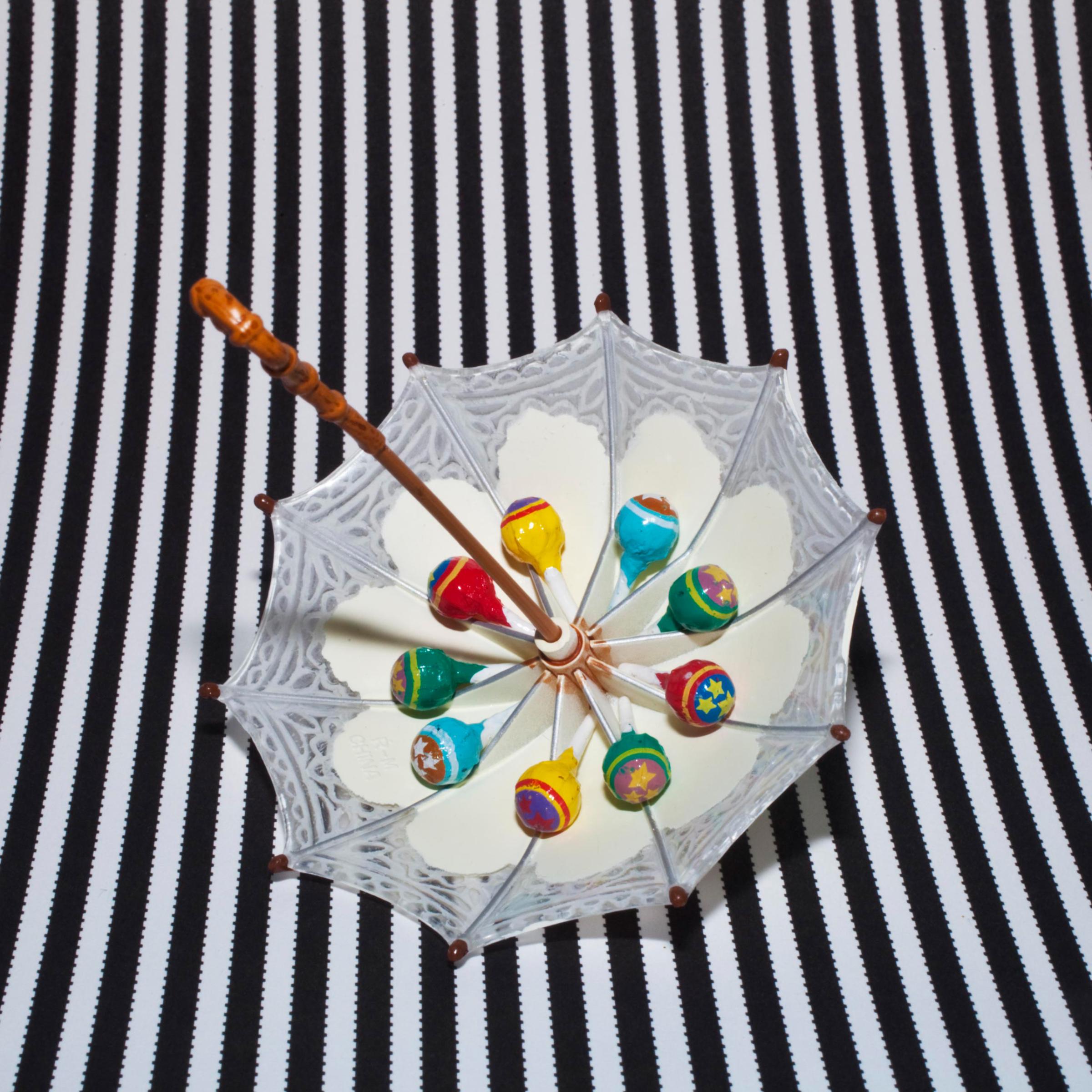

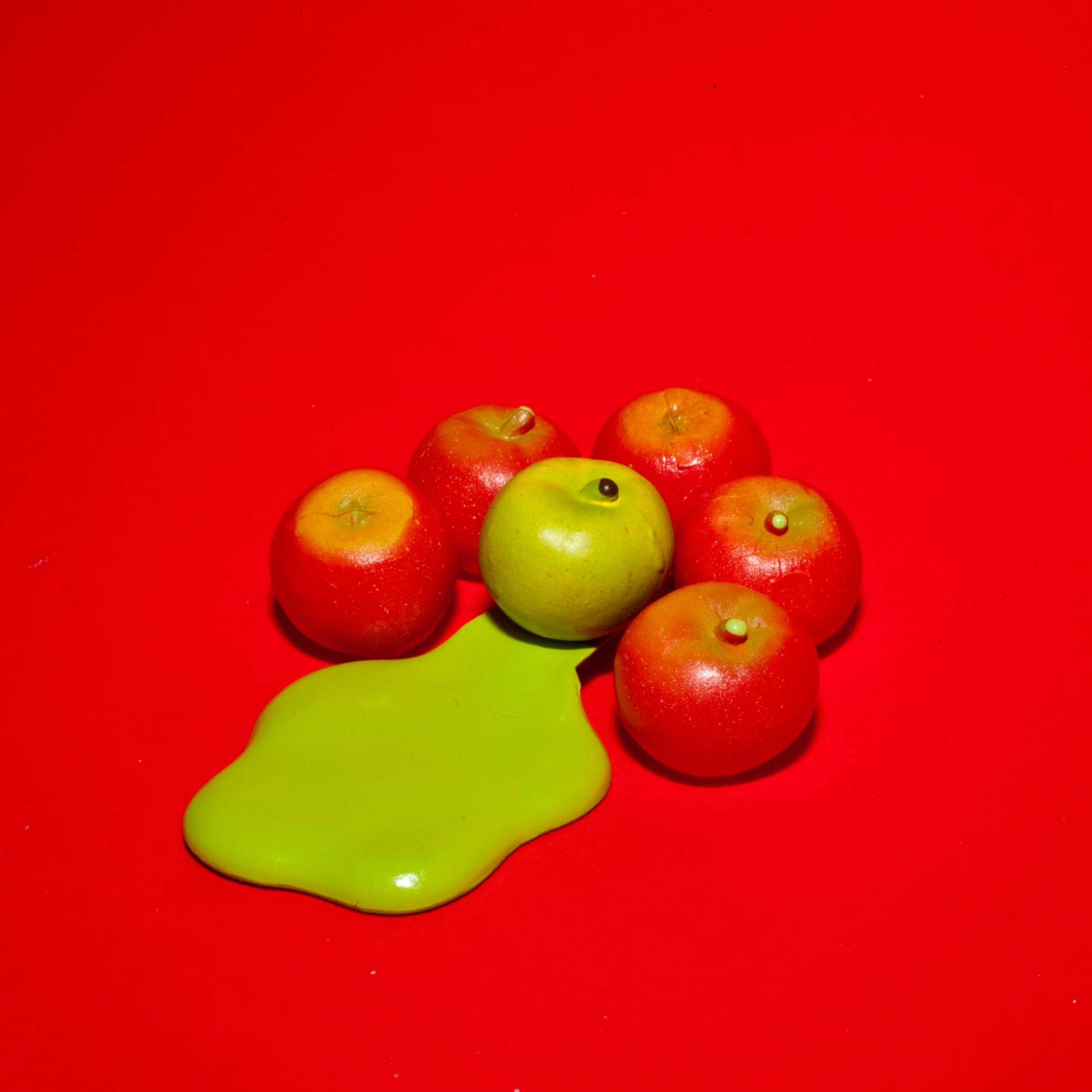
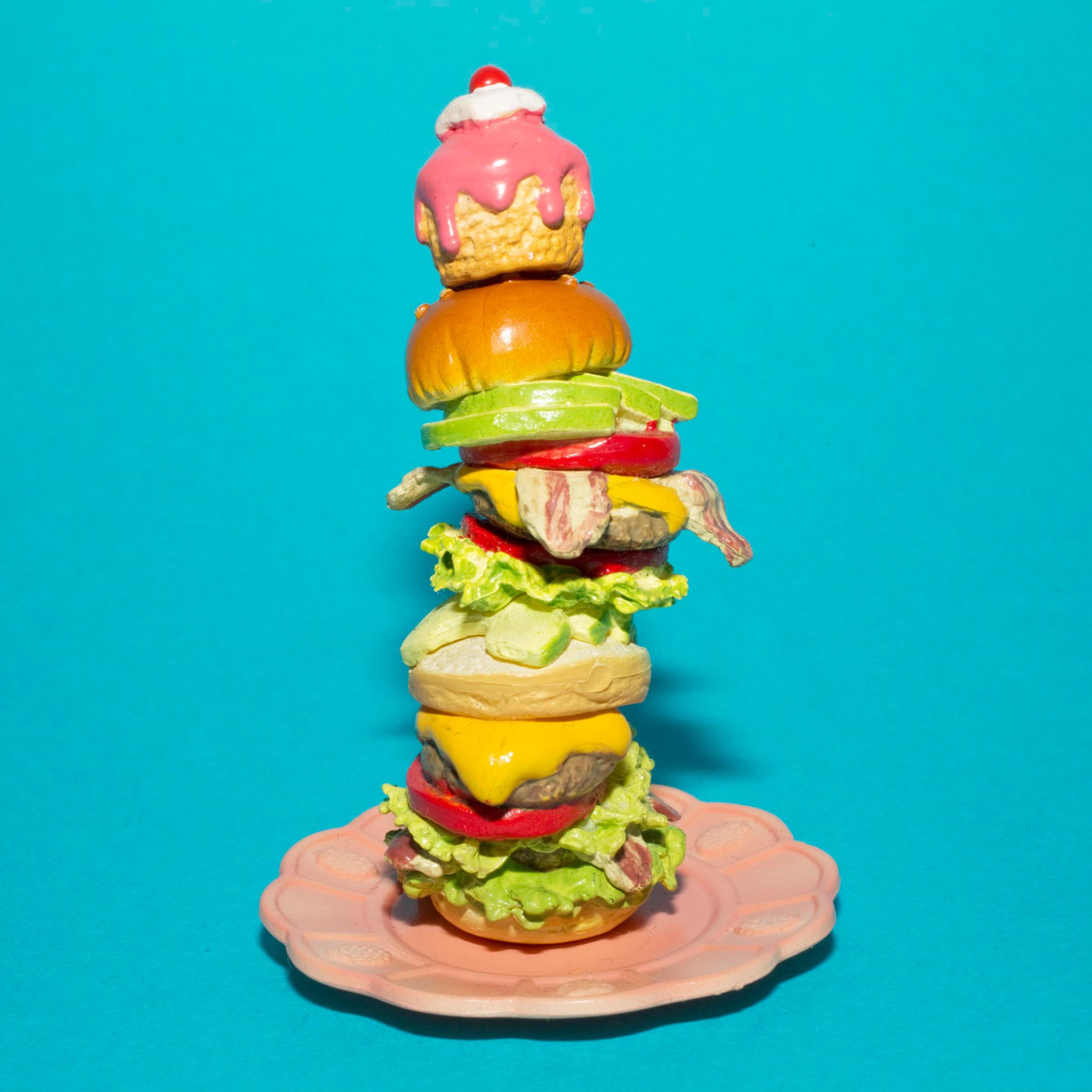

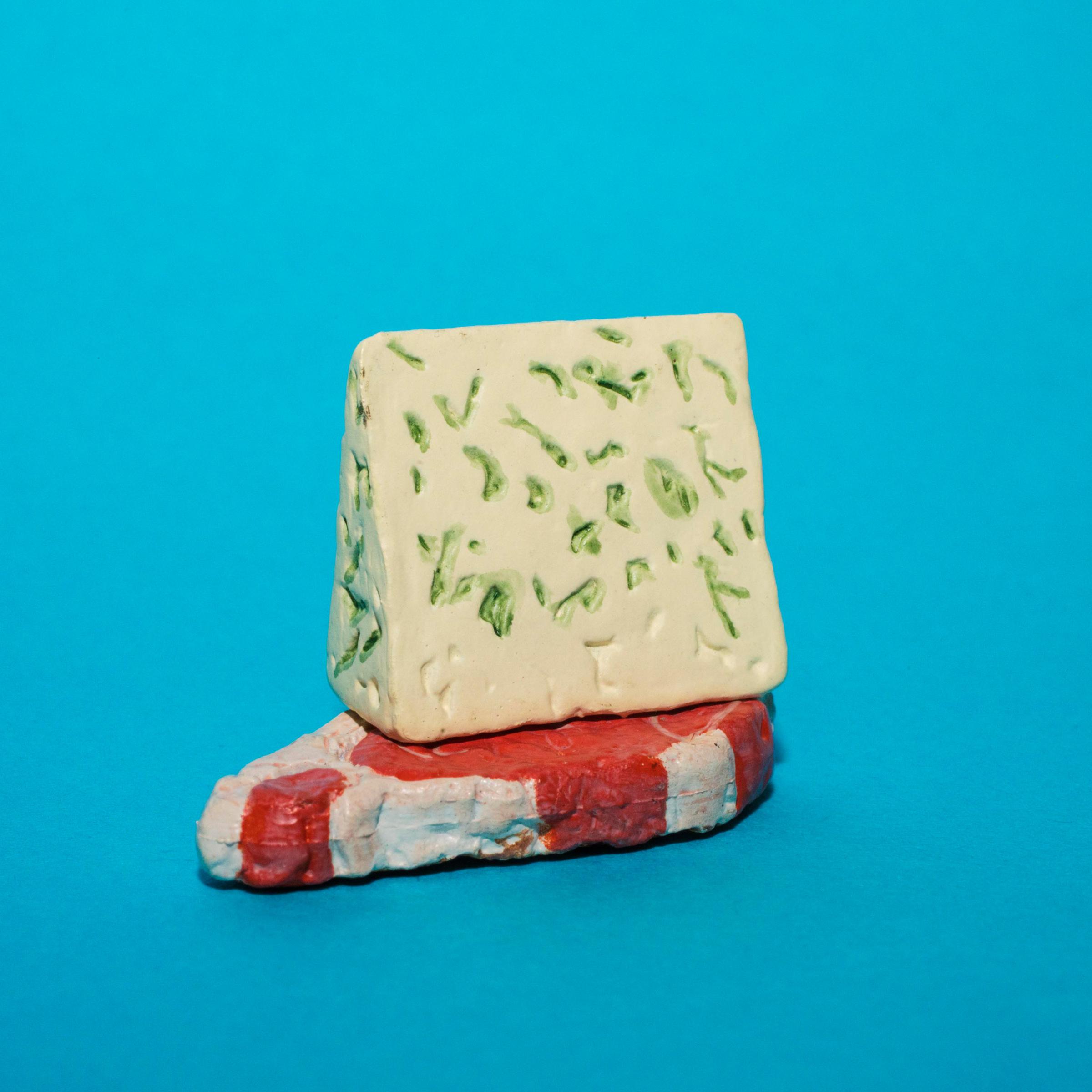
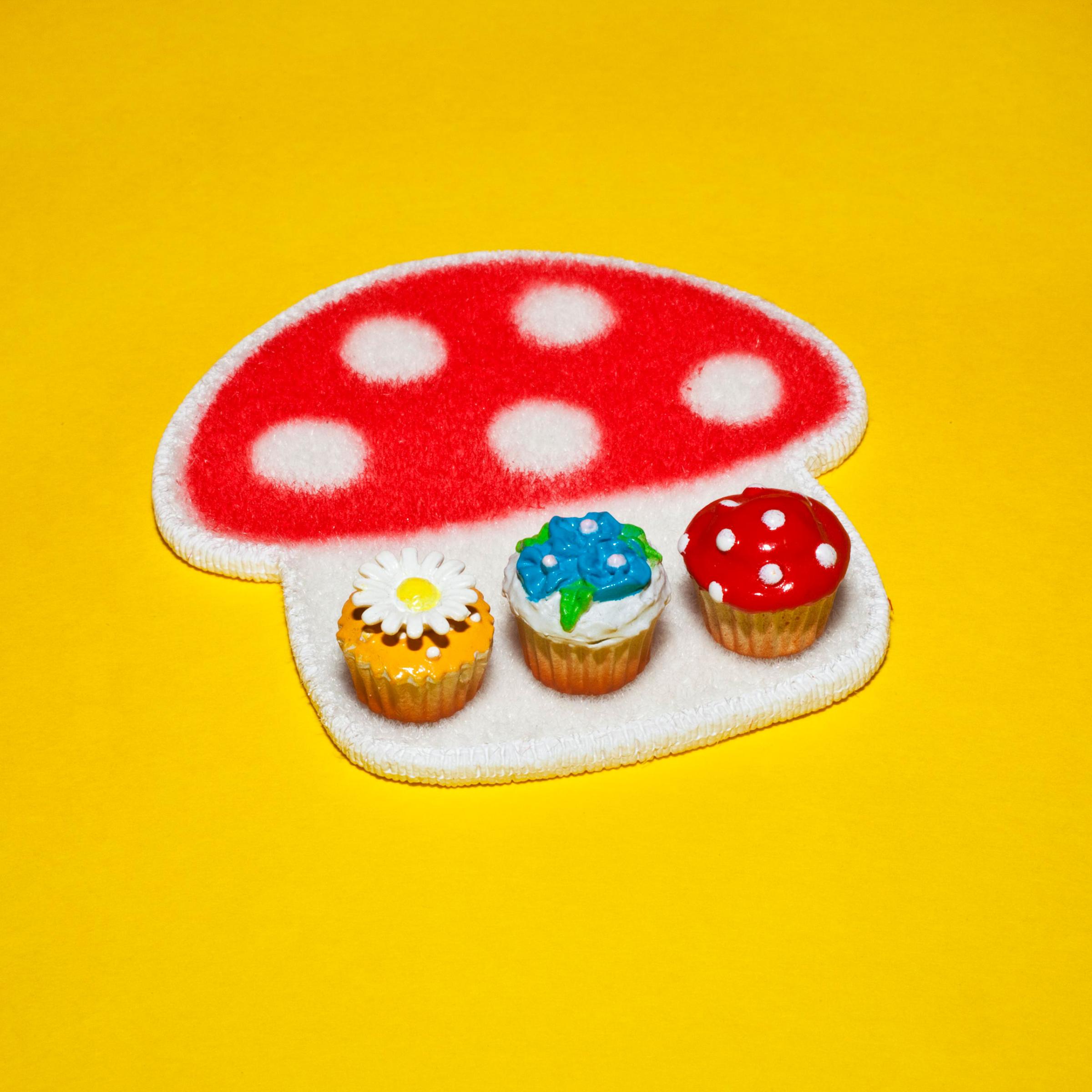
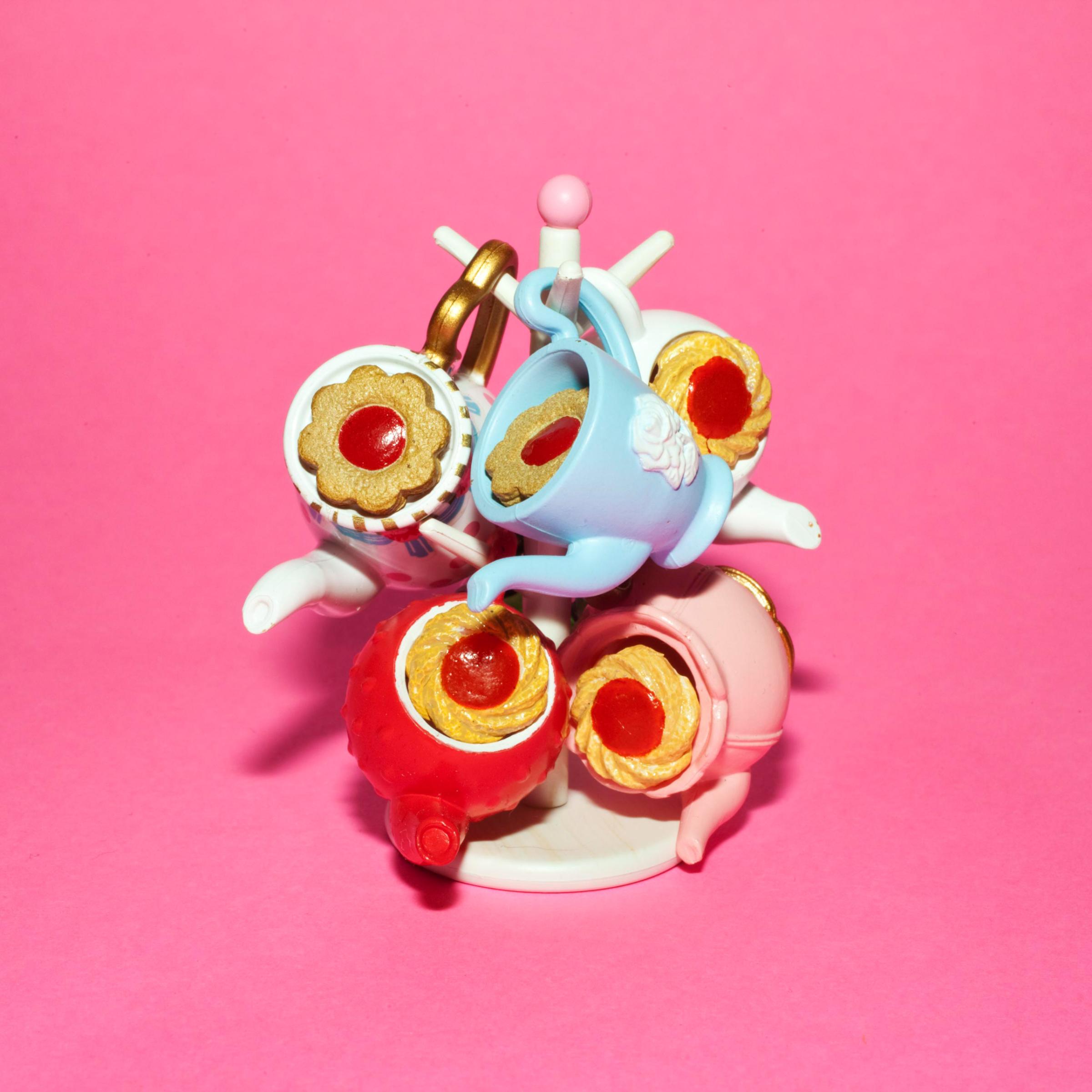
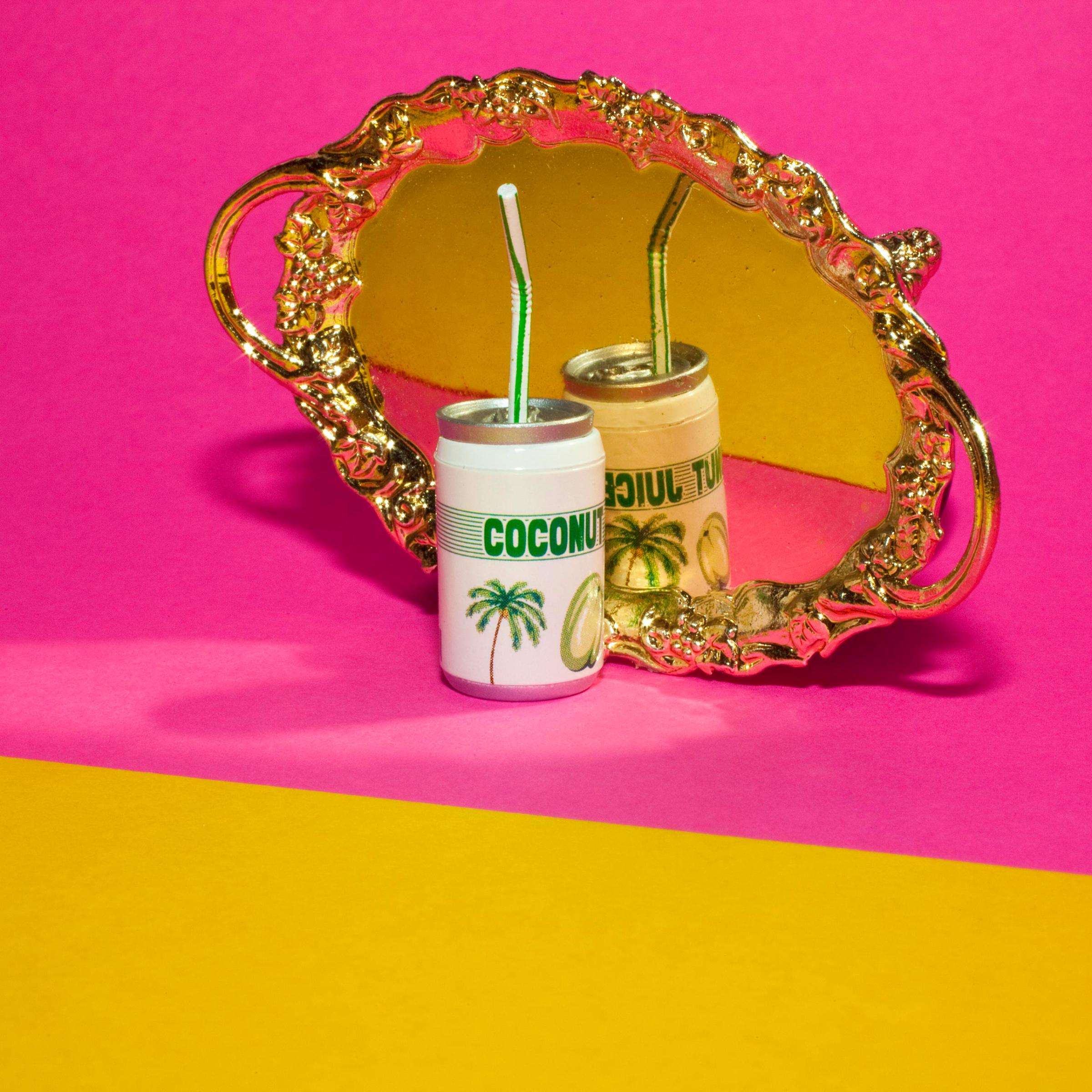
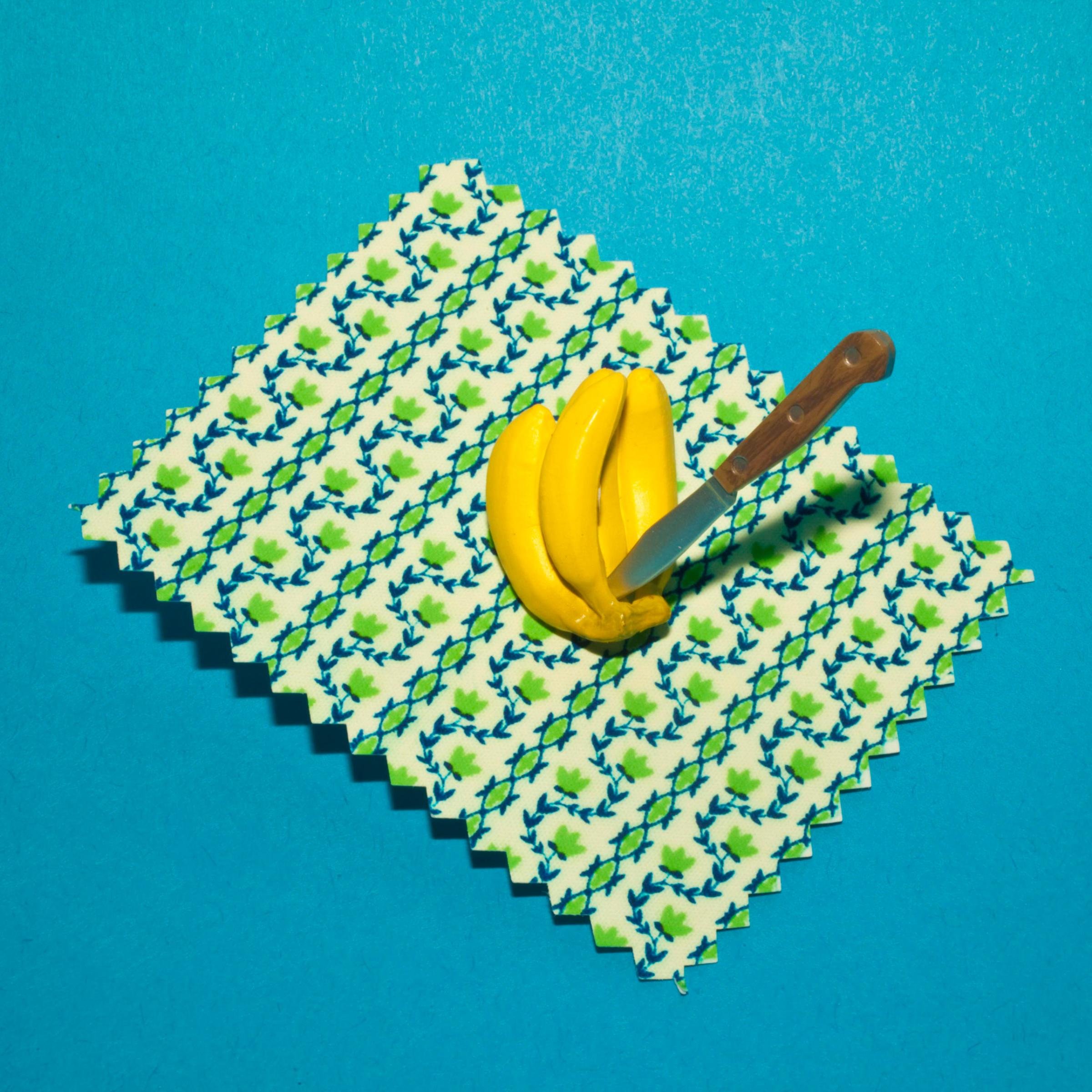

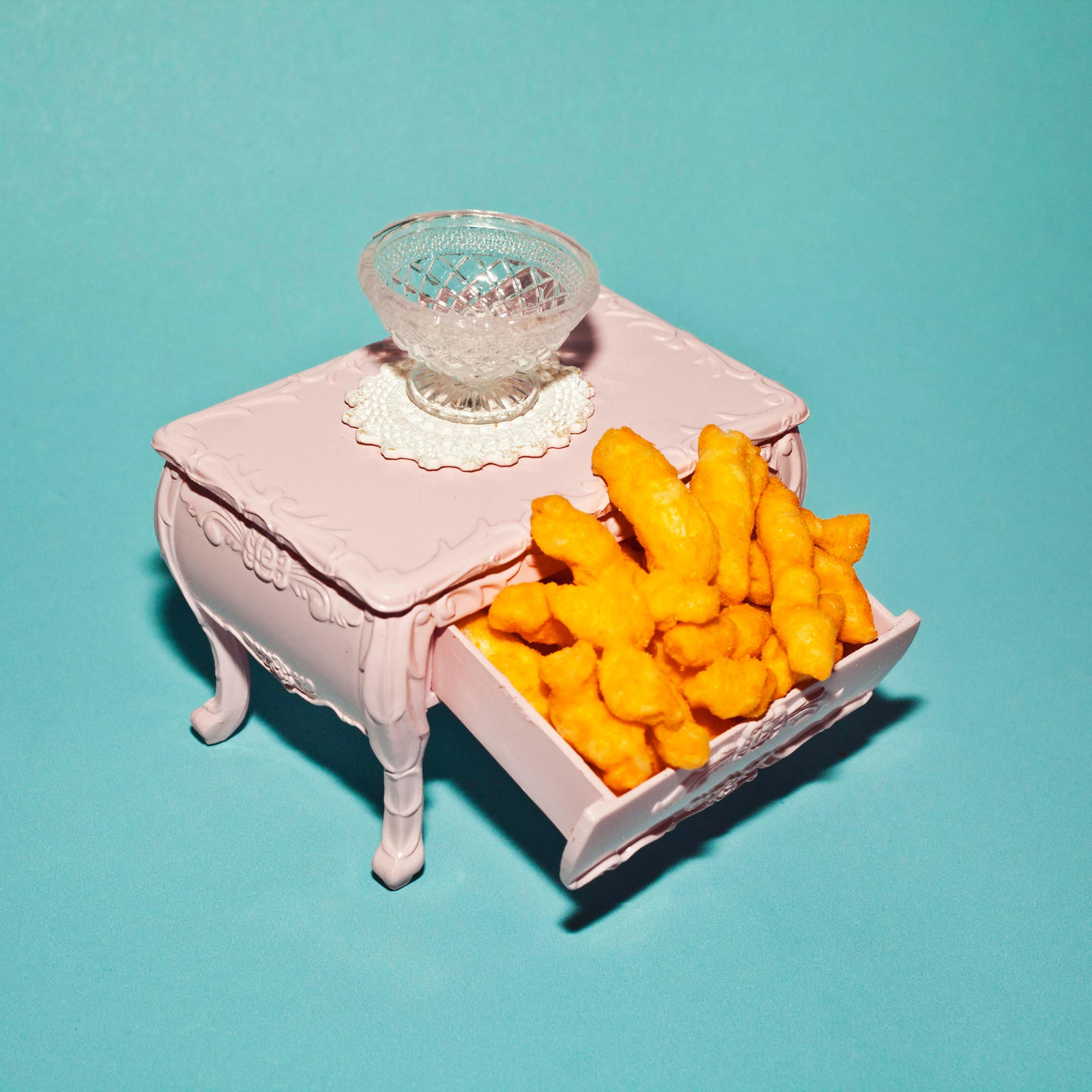
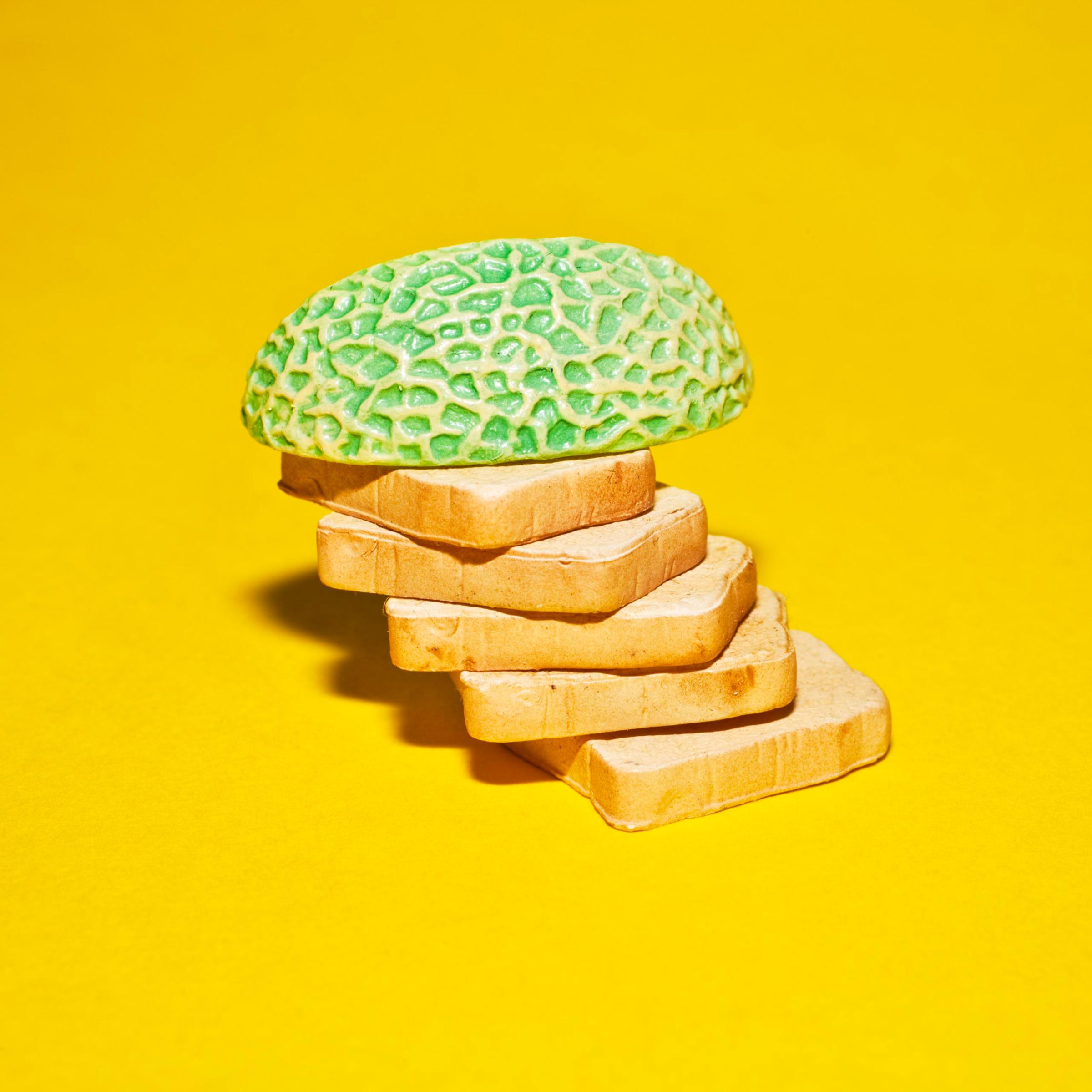
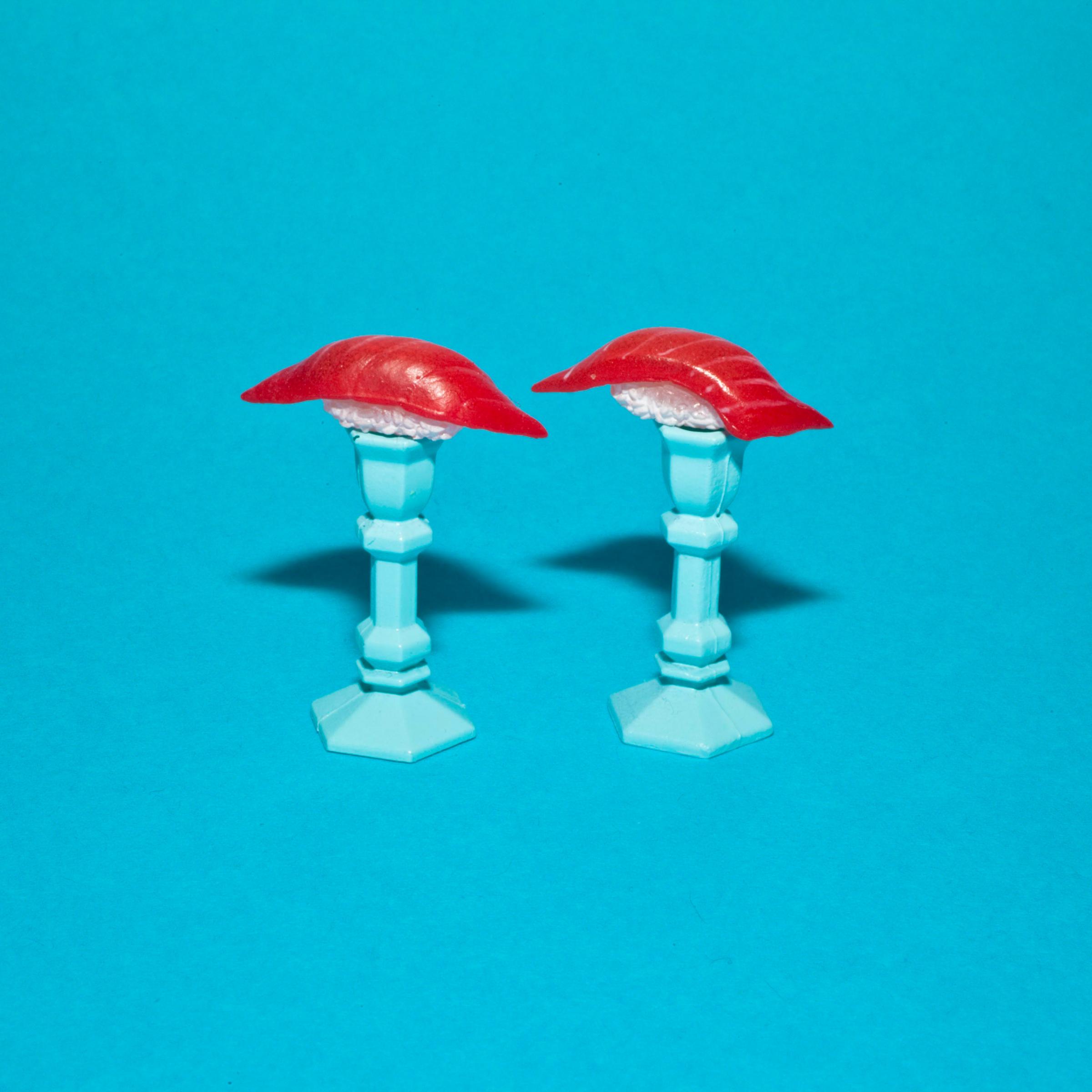
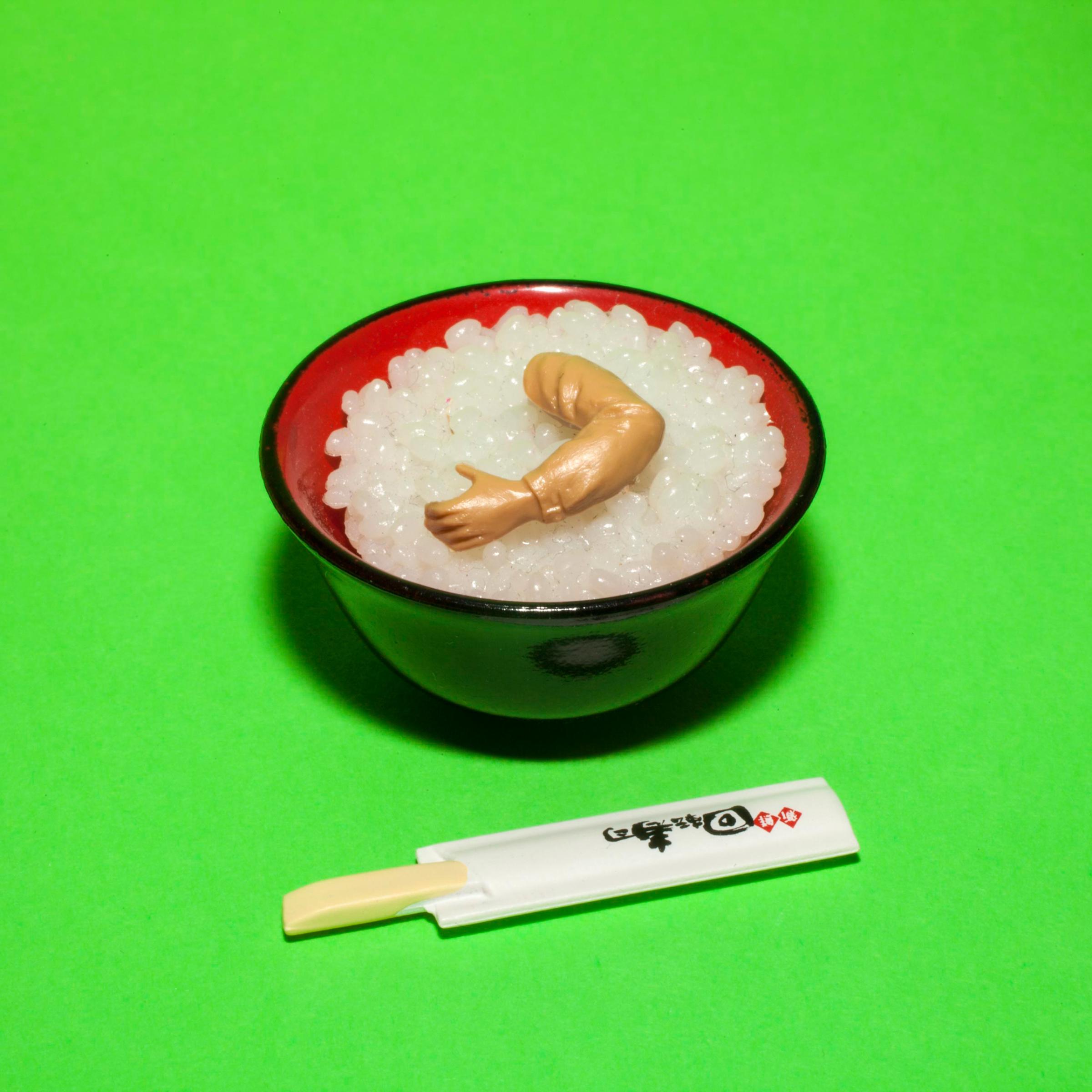
More Must-Reads from TIME
- Donald Trump Is TIME's 2024 Person of the Year
- Why We Chose Trump as Person of the Year
- Is Intermittent Fasting Good or Bad for You?
- The 100 Must-Read Books of 2024
- The 20 Best Christmas TV Episodes
- Column: If Optimism Feels Ridiculous Now, Try Hope
- The Future of Climate Action Is Trade Policy
- Merle Bombardieri Is Helping People Make the Baby Decision
Contact us at letters@time.com